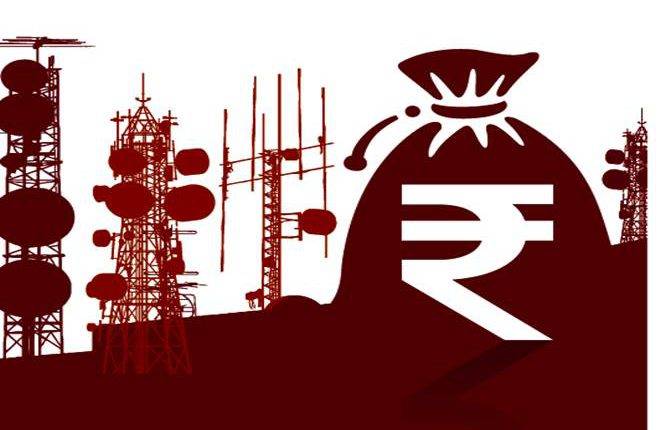
Private Equity in Times of Pandemic
The pandemic has led private equity in India to step into the current crisis riding a decade-long growth wave in transaction volumes and valuations. The value of some investments and investor confidence has been fairly dampened since the outbreak of the virus which continues to persist yet now.
The global financial crisis of 2008-09 for instance can be looked up, to provide a few insights into how PE funds might navigate the fallout from the pandemic. If we take history as a guide, many PE funds have been previously seen to cruise through the crisis staying on the sidelines, a little too long, which could lead to missing out on crucial investment opportunities.
Although there could be a sharp fall in deal-making in the short-term, PE funds are expected to learn from the past as high returns often emerge in times like these and can offset the losses during the downturn.
The returns over the next couple of years will depend on how fund managers react over the next 12 months. However, PE firms have massive amounts of unused funds that are readily available at their disposal coupled with money that has been raised but not yet invested.
The subsequent expectation is that a large part of this money shall be expected to be earmarked for emerging markets, India being no exception. Private debt funds and special situation funds are more visible in the market and can help provide liquidity to businesses that are experiencing cash crunches, the much-required prerogative currently.
While several investors are holding back until the ramifications of the pandemic become clearer, a few distinct themes are emerging that could shape private deal activity as the new normal evolves which include:
- Deferment of deals: Deals are being deferred as investors are speculating the damage of the COVID-19 caused pandemic. While the dealer network is highly robust, deal flow is expected to be slow specifically in the next couple of quarters. The driving factor here to determine the consequences would be the availability of the dry powder with the equity funds.
- Protecting existing portfolio: The primary goal of funds in the short term will likely be to look after portfolio companies. This would eventually take precedence over the search for new investment opportunities as some portfolio companies may need additional financing amid liquidity concerns owning to the government-enforced long shutdown in the wake of the spreading virus.
- Difficulty in managing the valuation conflict between buyer and seller: Financial markets have been significantly disrupted across the globe. The pandemic has triggered a rout in the stock markets and market volatility has increased. Although PE investments are generally less volatile than public investments, there might be valuation challenges as sellers may be reluctant to part with assets given the precipitous fall in valuations. This could delay deal activity in certain cases.
- Availability of leverage for buyout deals: Of late, a higher amount of leverage has been used in buy-out deals. The availability of debt financing from banks could be a challenge and may cause a slowdown in buyout deals. Given the significant amount of available funds, of which a large part is for buyouts alone, deal-making could see an uptick, especially in distressed asset situations.
- Private debt funds and special situation funds are expected to be more active: There is expected to be liquidity pressure on businesses owing to COVID-19-related disruption in demand. PE funds are expected to capitalize on this opportunity through innovative solutions such as debt restructuring and bridge financing.
- Increase in private investment in public equity (PIPE) transactions: As valuations in public markets decline, PIPE transactions are expected to pick up as PE funds take positions in quality assets at significantly cheaper valuations.
- Sector expertise will become more critical than ever: PE funds are expected to focus on sectoral themes with pharmaceuticals, technology, digital, and healthcare expected to drive interest whereas the revival of sectors such as financial services, real estate, and non-essential consumer goods and services may take some time. It will remain difficult to form an investment thesis for sectors such as aviation, travel, tourism, and hospitality.
- Expected change in scope of due diligence: the current crisis highlights the importance of factoring in multiple scenarios and modeling unpredictable disruption in due diligence. Hence, the scope of due diligence will change significantly over the near term.
In light of these circumstances, PE funds will need to respond swiftly and strategically to the new business normal and drive transformation for companies. The pandemic has brought about an extraordinary combination of quality assets going cheap and investors being cash-rich.
The funds that can find the right investment opportunities in this difficult time will not only emerge stronger but also generate significant returns in the coming years.
Tags: global financial crisis, the global financial crisis, private equity financing, private equity funds in india, pe funds in india, private equity, private equity fund, private equity in india, investor confidence, global financial crisis of 2008, pe funds









